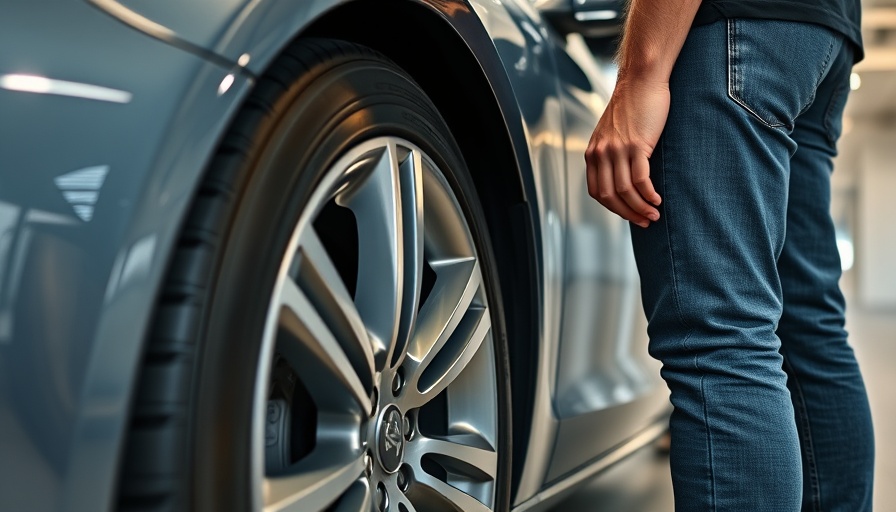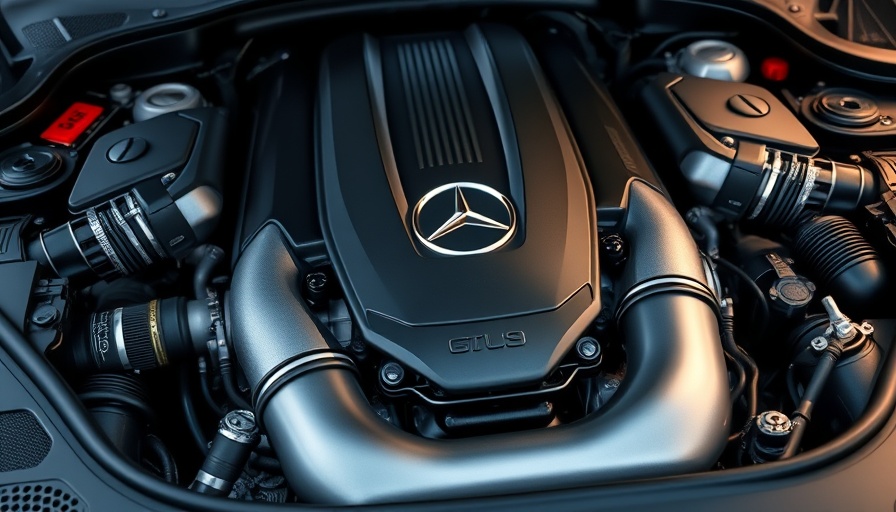
Essential Guide to Tire Maintenance: Keep Your Vehicle Safe
As responsible vehicle owners, ensuring the proper maintenance and care of our tires is crucial for safety, performance, and longevity. Read on for a comprehensive guide on how to keep your tires in top shape, ultimately enhancing your driving experience and saving you money.
Understanding the Impact of Tire Pressure
One of the cornerstones of tire maintenance is monitoring tire pressure. Under-inflated tires can lead to decreased fuel efficiency, increased wear, and potentially dangerous blowouts. It's advisable to check your tire pressure at least once a month and especially before long trips. Using a reliable tire pressure gauge, compare your tire's pressure against the specifications found on your vehicle's placard. When levels are low, simply inflate them to the recommended pressure.
The Significance of Regular Tire Rotation
Tire rotation is vital for ensuring even wear across all your tires. Typically, front tires wear out faster due to weight distribution. Rotating them every 5,000 to 7,500 miles, or with every second oil change, extends the life of your tires and enhances safety by improving traction and handling. Plus, regular rotations allow for easier checks on balancing and alignment, crucial factors for smooth driving.
Balancing, Alignment, and You: Optimizing Performance
Proper tire balancing and alignment are critical yet often overlooked aspects of tire care. Unbalanced tires can cause vibrations, resulting in uneven wear and possible damage. Similarly, poor alignment can diminish a tire's lifespan and compromise road safety. It's recommended to have your tires balanced when new or if you notice unusual vibrations. An annual check for alignment, especially after hitting potholes or curbs, is also a good practice.
Monitoring Tread Depth for Safety
The tread depth on your tires plays a significant role in traction and hydroplaning prevention. Regular checks ensure that your tires maintain an adequate grip, especially in wet conditions. Use the penny test—if you can see the top of Lincoln’s head, it’s time for new tires. Keeping a close eye on tread depth means improved safety for you and your passengers.
Conclusion: Care and Commitment to Safety
Proper tire maintenance isn't just about enhancing performance; it's a commitment to safety. If you’re proactive about checking pressure, rotating tires, balancing, aligning, and monitoring tread depth, you’ll promote a smoother ride while also ensuring longevity and efficiency. Start these essential practices today—your vehicle and wallet will thank you!
 Add Row
Add Row  Add
Add 




 Add Row
Add Row  Add
Add 
